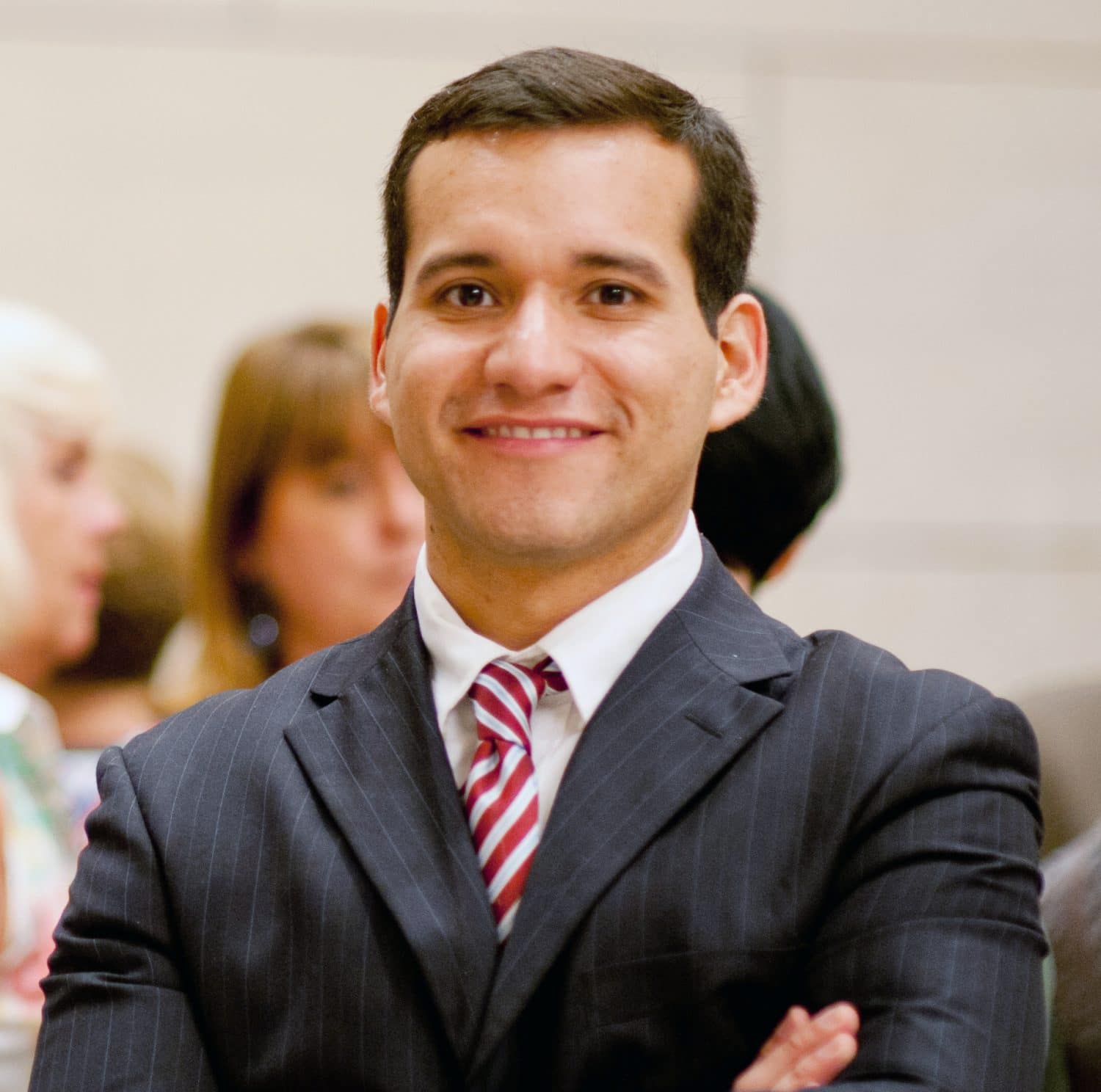Shameful experiences: do you contribute to the transmission of shame in class?
Hi everyone! This month I address a difficult topic – shame.
Shame is a tabooed emotion. Yet, teachers and students commonly mention shame and shameful experiences. For teachers, the question is: do you contribute to the transmission of shame? Can we experience healthier teacher-student interaction: one marked by dignity rather than shame?
Shame is painful and expressed in body language, as blushing, sweating or the lowering of the eyes or face. “A feeling of shrinking such as one could ‘sink through the shame’, a desperate desire to hide oneself” (Fuchs, 2003, p. 227-8)[1].
Shame is different from shaming. Shame – felt by the one-who-is-in-shame for doing something wrong – must be acknowledged and valued as the realization of wrongdoing. Yet, in Brazil, the educational tradition demands that besides painful shame, those who have done wrong must be shamed, i.e. punished, ridiculed, excluded, yelled at, and blamed.
De La Taille 1996[2] and Araújo 2001[3] argue that shaming under the pedagogic practice of humiliation might seem adequate. Yet, to those who consider shaming legitimate, a 12-year-old quote alerts that far from preventing misbehavior, shame and humiliation promote it: “if it were me, I’d think that since I’m already screwed, I can do whatever I please”[4].
According to De La Taille, being afraid of falling before someone else’s eyes is different from being humiliated. In the former situation, shame maintains one’s dignity. In the second, one’s dignity has already been lost. Consequently, individuals may want to either restore their self-esteem or engage in shameless actions – behaviors that break from any need of approval. De La Taille defends an educational pedagogy against humiliation practices, in favor of reinforcing students’ feelings of personal dignity.
Teachers that humiliate exceed the aim of developing moral individuals who will reason and act within the principles of justice and altruism. Serving authoritarian purposes, humiliating may develop feelings of inferiority and unworthiness in students. Humiliating teachers should be reminded of their ethical and professional responsibility. Lowering students’ self-esteem with discriminating remarks violates a moral principle – that which aims to contribute not only to the education of knowledgeable citizens, but also just and critically aware of their dignity as human beings.
Have ever you witnessed humiliating practices? Have you been the victim of students’ shaming? How would you suggest managing the impact of shame on teaching or learning experiences?
[1] FUCHS, T. The phenomenology of shame: guilt and the body in body dysmorphic disorder and depression. Journal of Phenomenological Psychology, v. 33, n. 2, p. 223-243, 2003.
[2] DE LA TAILLE, Y. A indisciplina e o sentimento de vergonha. In: Aquino, J. (Org). Indisciplina na escola: alternativas teóricas e práticas. São Paulo, Summus, 1996.
[3] ARAÚJO, U.F. Ética docente: vergonha e humilhação. Revista Profissão Docente, v.1, n.1, p.1 -13 , 2001.
Available at: https://www.revistas.uniube.br/index.php/rpd/article/view/25 Download: July 9th, 2013
[4] Translation of the original in Portuguese: “se fosse eu, pensava assim: estou todo danado mesmo, posso fazer o que eu quero”.




